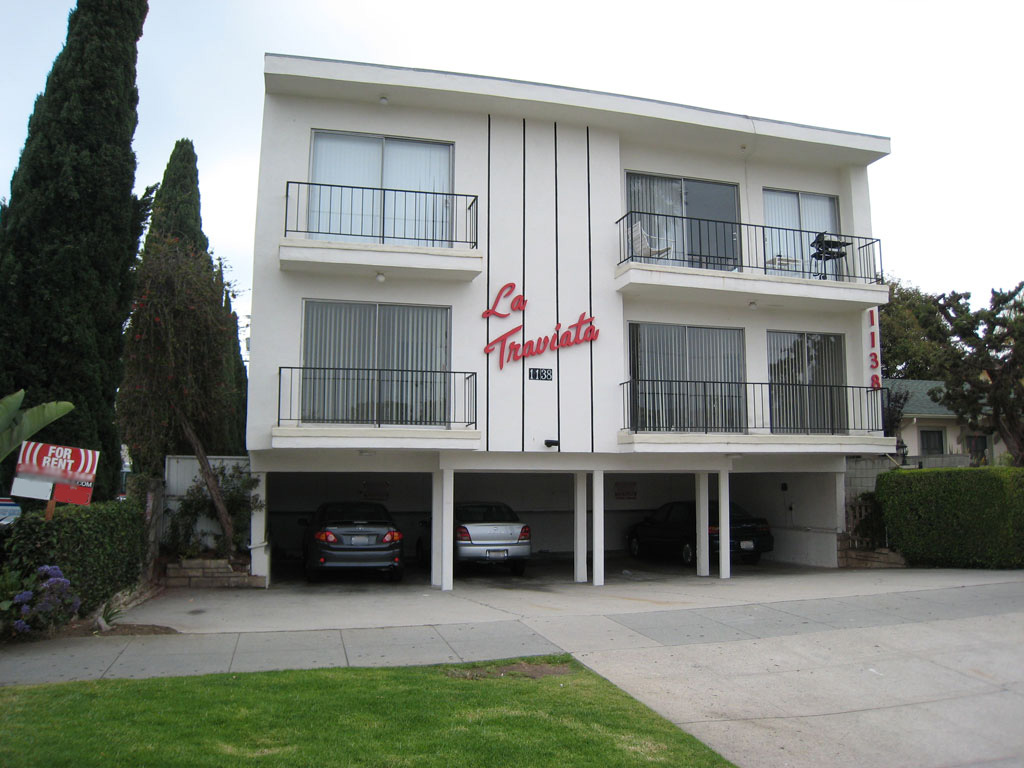 Posted Dec 17, 2015, 8:07 PM
Posted Dec 17, 2015, 8:07 PM
|
|
BANNED
|
|
Join Date: Nov 2015
Location: Los Angeles/San Francisco
Posts: 2,408
|
|
|
Where did all the small apartment buildings go?

Quote:
Back in August, we wrote about the phenomenon of the “missing middle”: the fact that today’s urban (and suburban) development tends to take the form of either single-family homes or very large apartment buildings, but not so much in the middle.
And that’s a problem! Small apartment buildings perform a vital function in classic “illegal neighborhoods,” creating a stock of market-rate housing that is generally cheaper than houses, as well as adding crucial density to support walkable neighborhood commercial districts and transit, all at a lowrise scale that many people think “fits” with single family homes. After all, from triple deckers in New England, to two-flats in Chicago, to small apartment buildings in cities of all sizes all across the country, most popular older neighborhoods already include a large stock of these structures.
In our first post on the subject, we dug up statistics about the “missing middle” in metro areas around the country, using statistics from the last decade to show that extremely few homes are built in buildings that hold between two and four units.
But data from another Census report, the “2014 Characteristics of New Housing,” breaks down construction into more categories—and goes back all the way to 1972. Which allows us to see that the missing middle hasn’t always been missing.
In fact, back in 1972, nearly a third of all multifamily homes were constructed in buildings with two to nine units—a typical size for lowrise apartment buildings. Significantly fewer, about a fifth, were built in very large structures with over 50 units. Small apartments peaked in 1981, with 46 percent of all new multifamily units.
Since then, though, they’ve fallen off a cliff.
In 2014, just seven percent of new multifamily homes were in buildings with fewer than 10 units. But nearly half—48 percent—were in buildings with 50 units or more.
Don’t get us wrong. There’s nothing wrong with big residential buildings. They’re necessary, in fact, for creating very high density areas in and around central business districts, and in large or high-cost cities’ urban cores, where space is at a premium.
But most urban neighborhoods don’t need 50-unit buildings, and it’s hard to imagine overcoming the opposition to such development in currently lowrise communities. And while the reaction to Seattle’s HALA proposal suggests that even small apartments are going to be unwelcome in many single-family neighborhoods, there are plenty of neighborhoods that are already mixed, where adding housing two, five, eight units at a time could help keep up with demand and create a broader diversity of housing options. That’s important both for price diversity, and to make room for people to “age in place,” downsizing from large homes they can’t take care of any more without having to leave their neighborhood. If the only options are large apartment buildings or single family homes, that seems like a recipe for political polarization and continued economic segregation.
What’s behind this shift? A huge amount of it, most likely, is about zoning. As building regulations tightened in the 70s and afterwards, American cities are increasingly divided into two types of development areas: urban cores where very large projects are allowed, and everywhere else, which is generally reserved for single family homes. There may also be a financing component, as getting bank loans for smaller projects may increasingly be a challenge. It’s probably also an indication that the number of sites where multi-family developments are so scarce—and therefore expensive—that it’s simply uneconomical to develop them for anything smaller than a 50 unit building.
But either way, as we wrote back in August, American cities can’t meet their housing challenges, or create liveable, walkable neighborhoods, with just two settings—single family homes and huge apartment buildings. It’s time to find the missing middle.
|
http://cityobservatory.org/where-did...-buildings-go/

|



